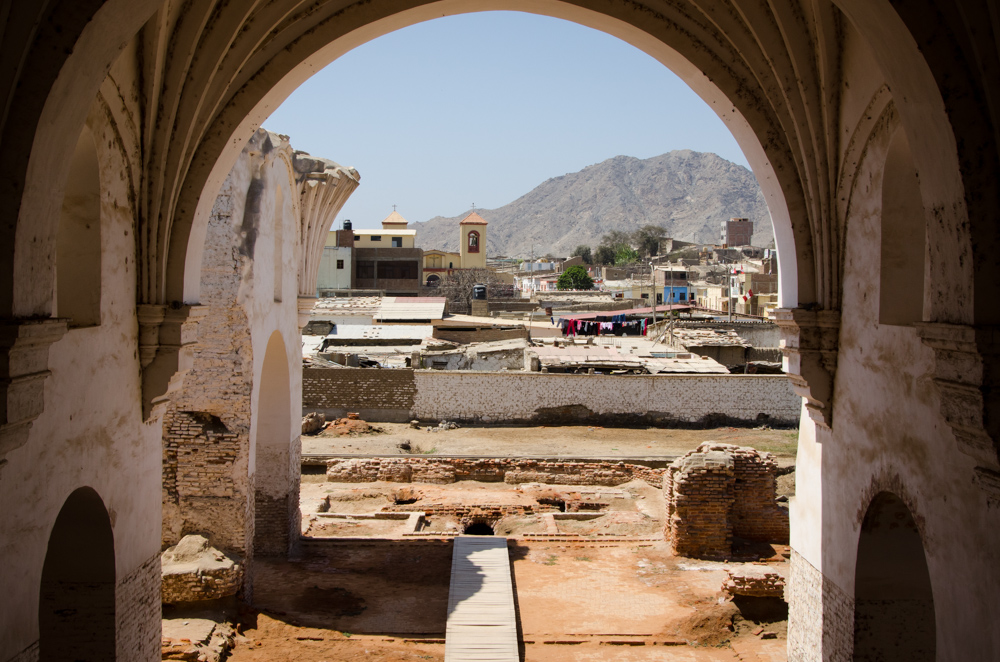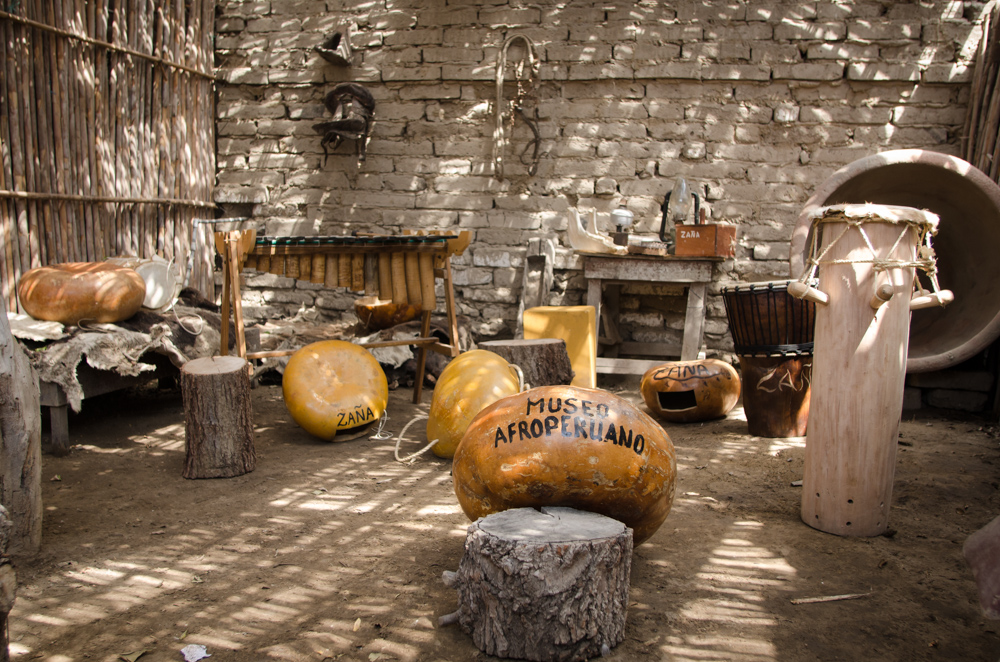From the top of the Cerro Corbacho appears the valley dotted with ruins of the ancient Spanish villa of Santiago de Miraflores, founded in 1563. The growing prominence of the city until the 18th century and its proximity to the large port of Cherepe fostered its integration in the slave trade route. For a time, the city was slated to become the capital of the country, until its sack by pirate Edward Davis (1686) and a flood of the Zaña river (1720) got the better of its success.
At the time, the rural zones surrounding the urban center were divided in fourteen haciendas totaling more than 2,000 slaves. These have now become the villages of Sipán, San José de la Otra Banda, or San Pedro de Cayaltí. The population of these villages, now more diverse, still claims its Afro-Peruvian roots.

Recently, Zaña has established itself as an Afro-Peruvian cultural center thanks to the tireless efforts of the Afro-Peruvian Museum and its director Luis Roca Torres. Open since March 2005, this museum is the first to be solely dedicated to the Afro-descendant memory and legacy in Peru. It especially strives for the acknowledgement of Afro-Peruvian within the history of African diasporas, and emphasizes the museum’s management by the community. Among its main actions is the reconstruction of lost musical instruments from the 18th and 19th century. This original project has helped grow the city’s influence on Lima percussionists who are now coming in droves to reside in this isolated village of the Northern coast.
